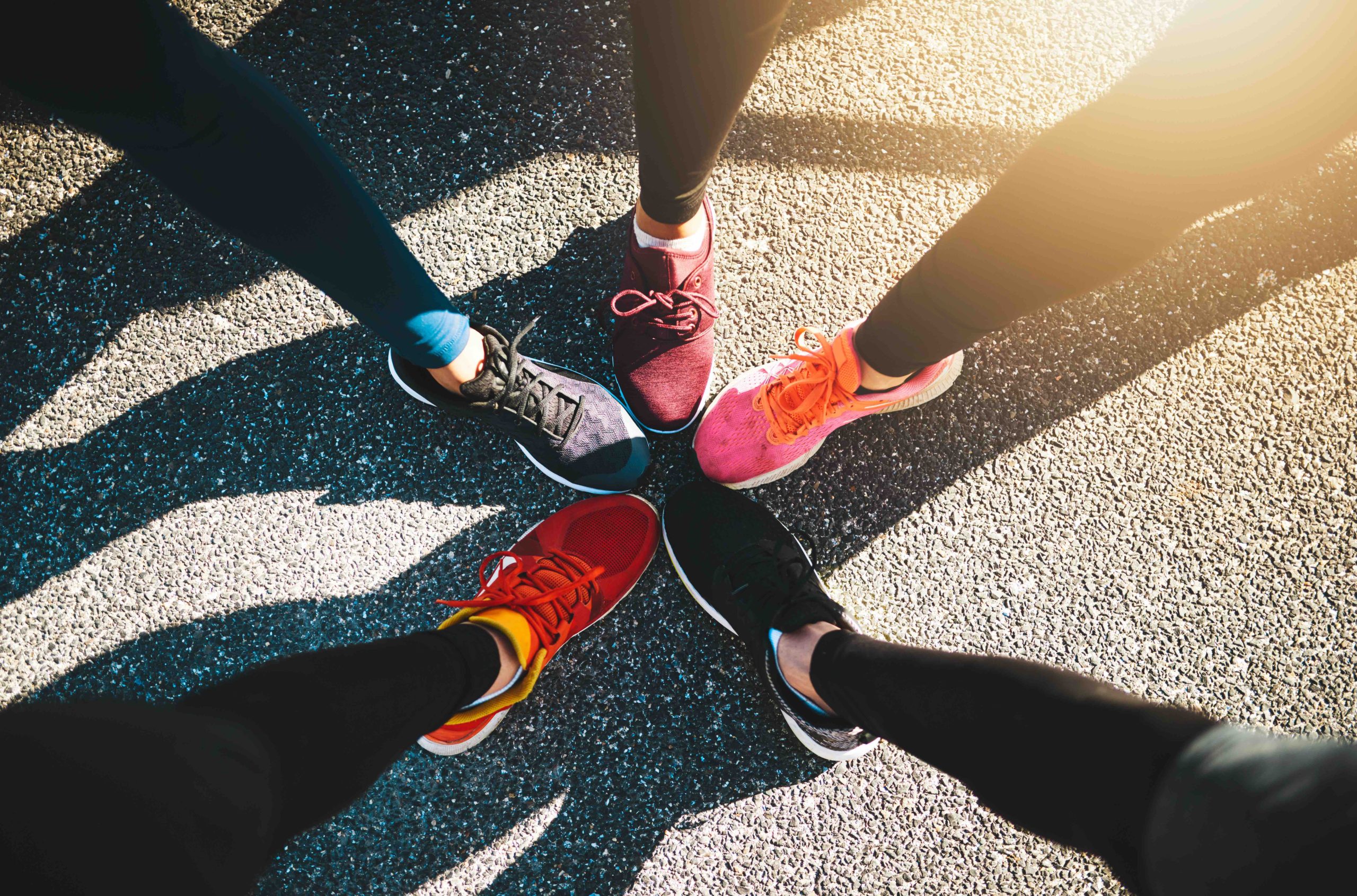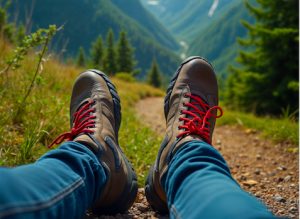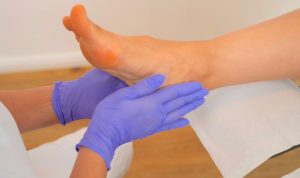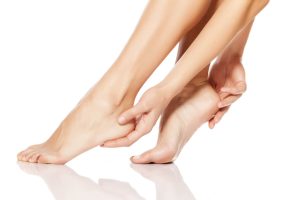Our feet are crucially important. They carry us through life and form the basis for our balance. Healthy feet are important for an active and healthy life. This is especially true for people who are active in sports.
However, many athletes suffer from so-called athlete’s foot. This stands for an infection with fungi. The term athlete’s foot is derived from the English term athletes foot. This refers to a foot with a tinea pedis (athlete’s foot) infection, which can have a significant impact. Here we explain what this is all about and why runners are susceptible to athlete’s foot.
Athlete’s foot: the risk of infection
If a foot is subject to heavy strain, it must be looked after accordingly. As long as the feet are “working”, they are often neglected and go unnoticed. This does not only apply to athletes. Most people only become active when problems occur and running is restricted. And this is precisely where education should be provided in good time to prevent foot problems such as athlete’s foot.
Athlete’s foot is a disease caused by fungi, primarily filamentous fungi, also known as dermatophytes. These mainly include Trichophyton rubrum and Trichophyton mentagrophytes. These feel particularly at home in a warm, humid environment. A condition that is also very often found in saunas, swimming pools or sports shoes.
The problem usually lies in a lack of hygiene, insufficient breathability of the material or incorrect foot care. Moisture, excessive and prolonged friction in the shoe or walking barefoot contribute to an increased risk of infection.
Athlete’s foot: the symptoms
Redness and itching are the first possible signs of an infection. Scaling and small blisters on the skin usually follow in the next step. This becomes visible in the spaces between the toes, but athlete’s foot can also occur on the heel or the sole of the foot. If the small blisters open, fluid escapes. This or infected skin flakes create the basis for a further risk of infection on surrounding skin areas and nails. If bacteria are involved in the infection, it is also possible that an unpleasant odor will develop.
It is important to react quickly. Hygiene and a dry skin environment can help. However, athletes in particular step into the same shoes every day and usually make the problem worse. There is an increased risk of more serious bacterial infections and even severe cases that require medical treatment.
The right foot care when dealing with fungal skin diseases
Here are some tips on how to prevent and react in the event of an infection.
Thorough drying
Always dry your feet well after sport and after showering, especially between your toes. This is the place where fungi like to colonize and multiply if the moisture on the feet and toes is not completely removed.
An antimicrobial cream (or gel) can then be applied to prevent the fungi from growing in the long term. Spirularin HF Gel, for example, can help here. Massaged in briefly, it also promotes blood circulation and relaxes the muscles. This can be done regularly to keep the skin well protected.
Hygiene
Hygiene is always important, but even more so in this particular case. Measures such as:
- Always air shoes well after sport and allow to dry, then disinfect.
- Wear breathable socks that wick away moisture well,
- only use a towel to dry your feet, always wash it at 60 degrees Celsius,
- and always wear bathing shoes in communal showers, swimming pools or saunas.
All of this can help to prevent pathogens from getting a chance. This is because the smallest micro-injuries can occur during sporting activities and these provide ideal entry points for fungal pathogens.
Regular checks
Always check your feet regularly. This way, problems can be detected early and athlete’s foot can be avoided. A regular visit to the cosmetic pedicurist can protect against calluses, ingrown nails and even fungal infections.
Dry, cracked nails can also provide ideal entry points for pathogens. A regular check-up therefore not only protects against athlete’s foot, but also against a possible nail fungus infection.
Seek help from an expert
If, despite all this, the first fine dry scaling becomes visible or itching occurs, the podiatrist can help. If even nails are affected, it is important to seek medical advice. Unfortunately, an infection with athlete’s foot is a long-lasting process and it takes patience to get rid of it. Especially if the fungal infection is already at an advanced stage.
Strengthening the skin’s natural defenses
The natural skin protection barrier can be promoted with appropriate care and protection. Products such as Spirularin F foot spray ward off harmful germs such as fungi and bacteria. At the same time, they stabilize the natural skin flora and promote cell regeneration. Ideal for skin and nails.
Did you like the article: Why runners are susceptible to athlete’s foot? Further advice on conditions such as athlete’s foot, nail fungus or wart-sensitive skin can be found in our expert tips. Have fun browsing.
Image source: peopleimages.com / stock.adobe.com
Experten-Tipp entstand in Zusammenarbeit mit:

Anke Niederau
Anke Niederau has been self-employed in medical foot care since 1990. Among other things, she has completed further training on the subject of "reflexology work on the foot" and as a diabetic podiatrist DDG. She is also the author of the bestseller "Das große Buch der Nagelerkrankungen".
Until 2005, she worked as a lecturer in medical foot care at the Düsseldorf Chamber of Crafts and until 2006 as a teacher at the Kaiserswerther Diakonie specialist school for podiatry. Since 2007, the author has worked as a freelance lecturer at various podiatry and chiropody schools.






